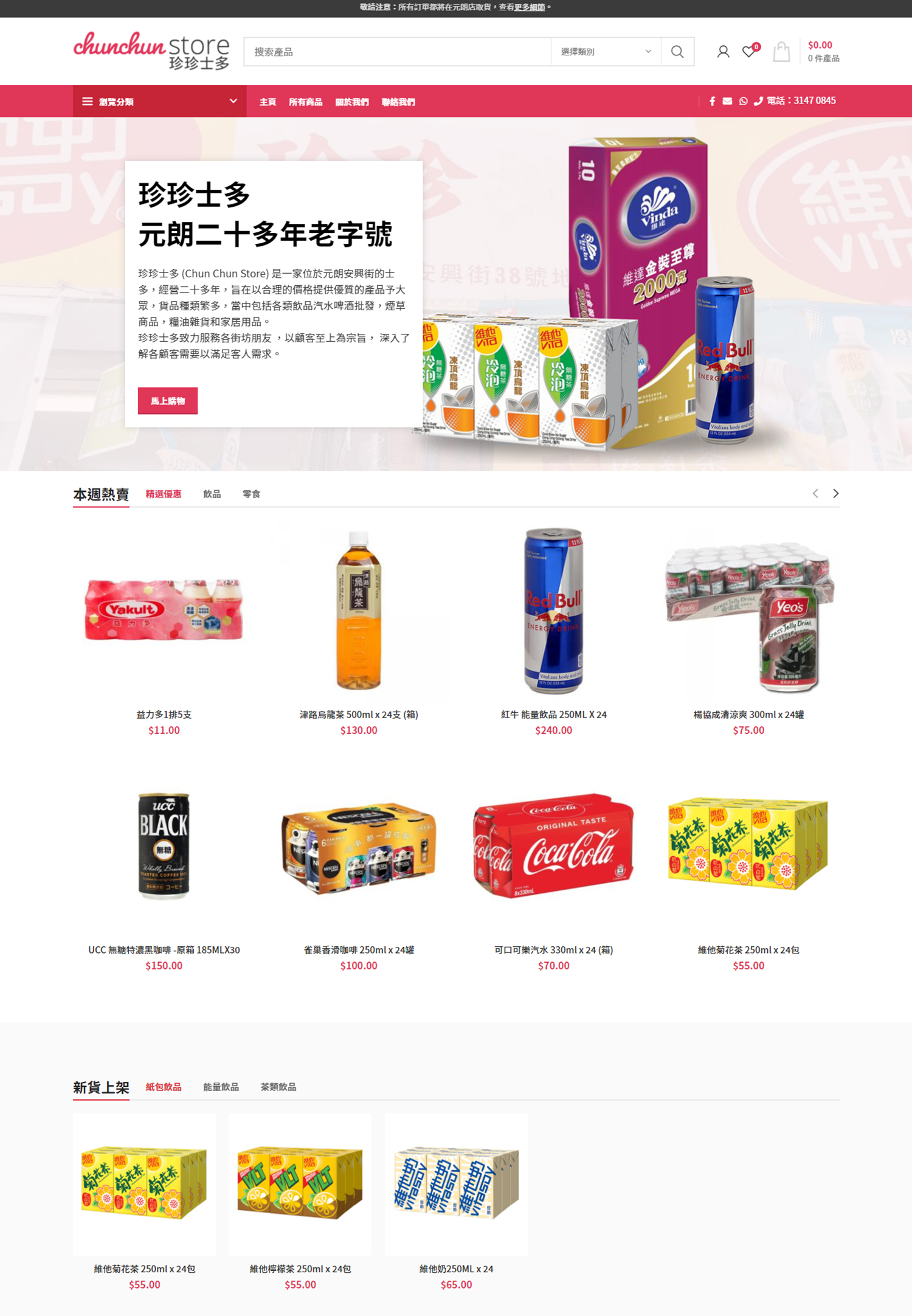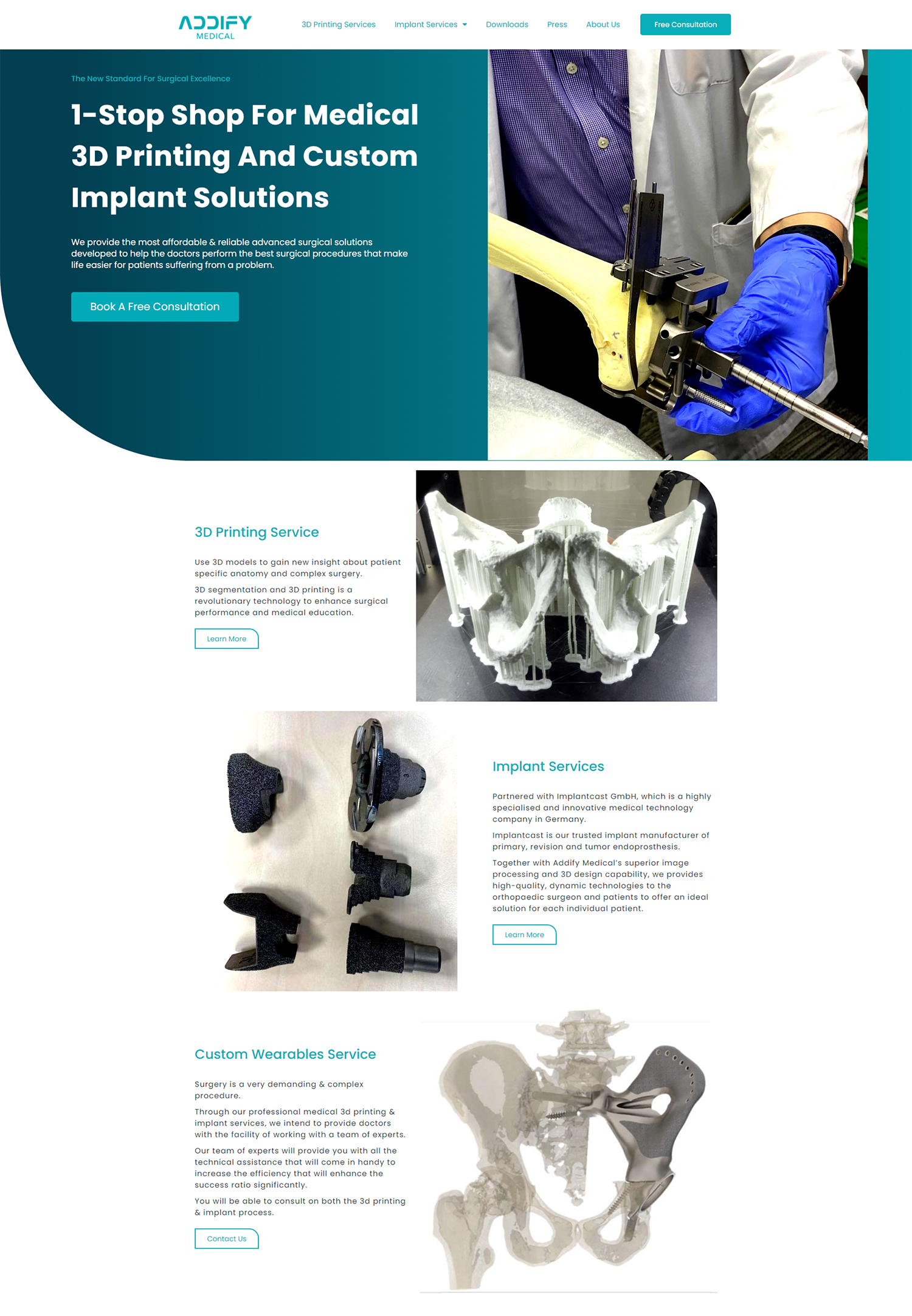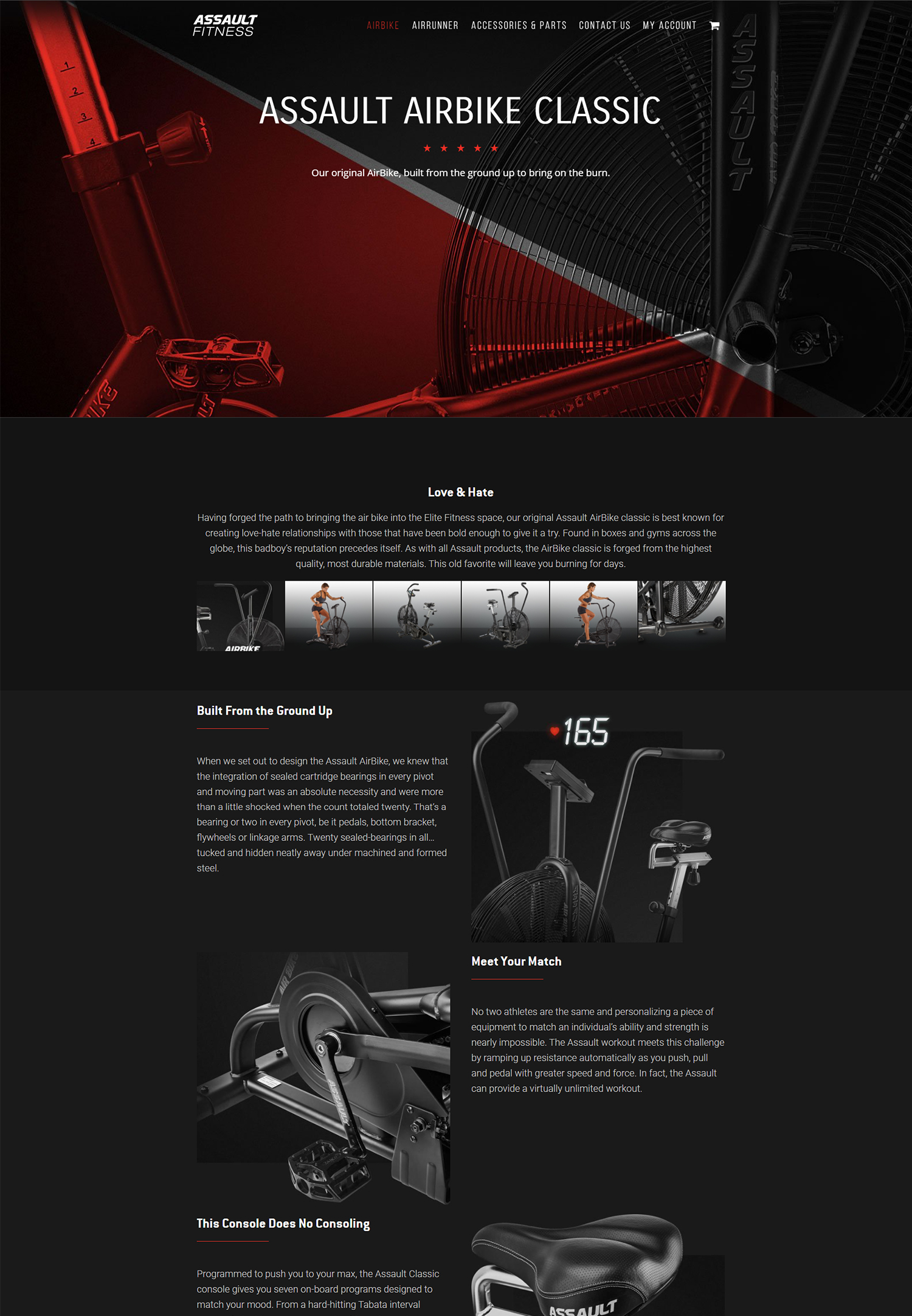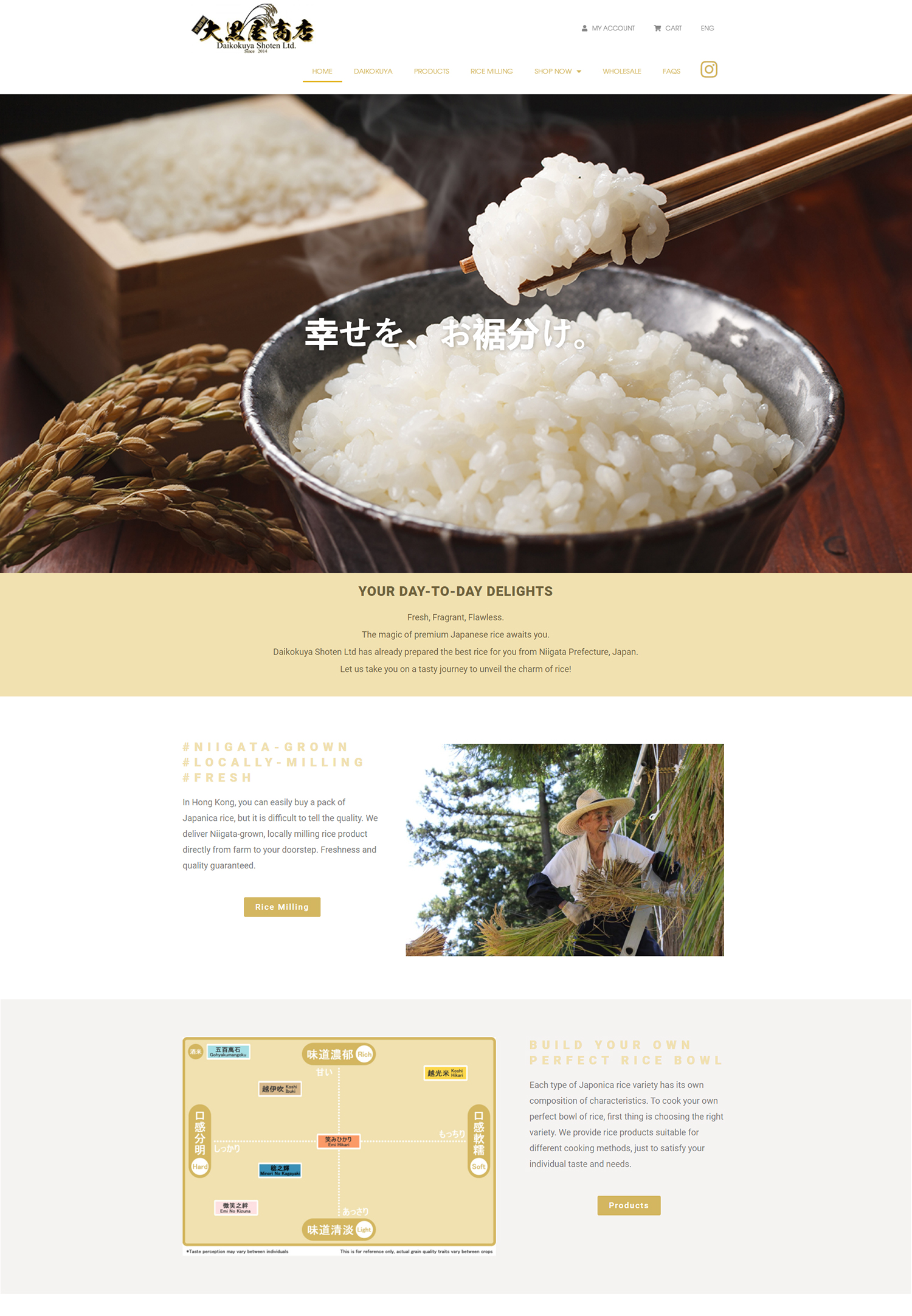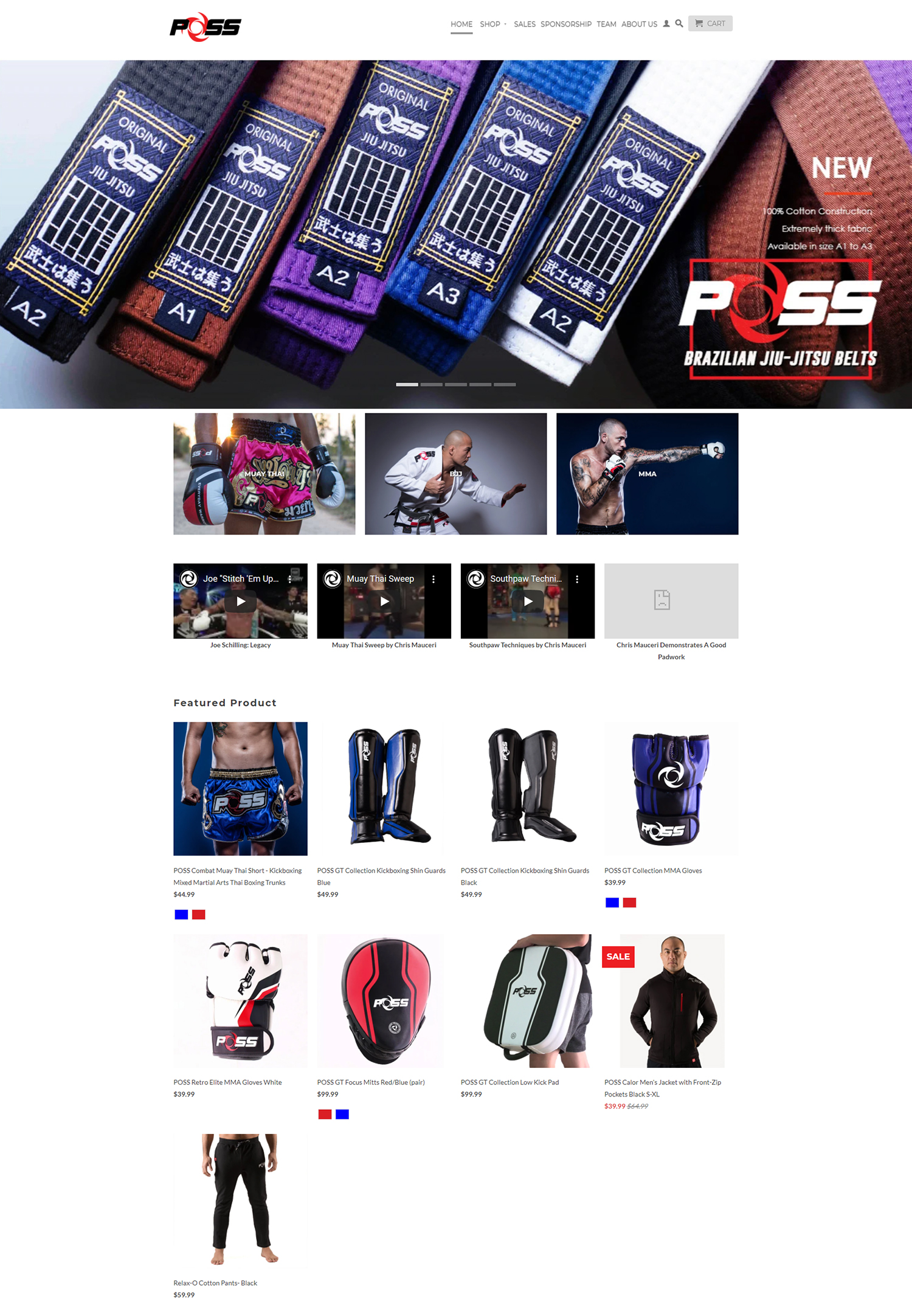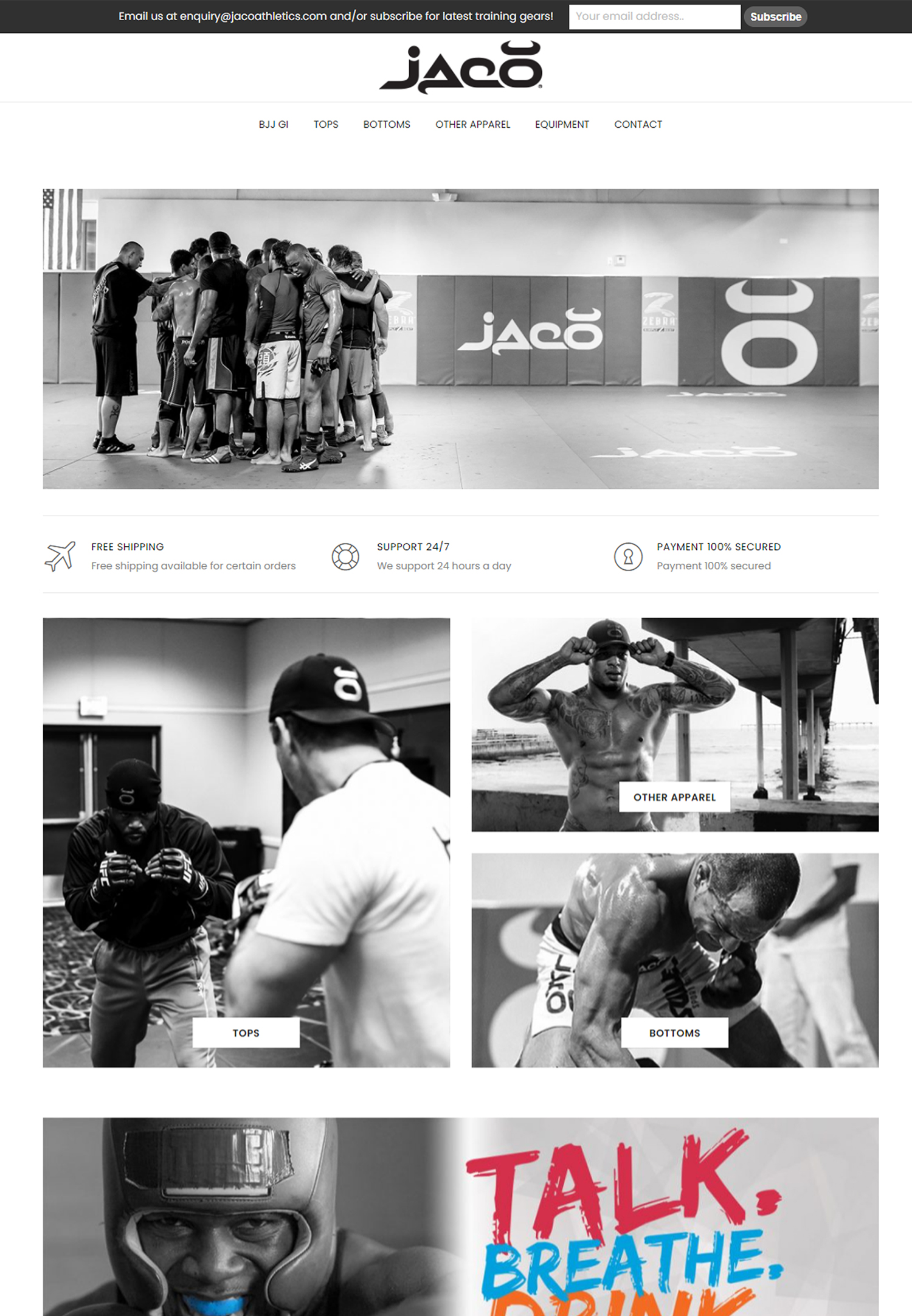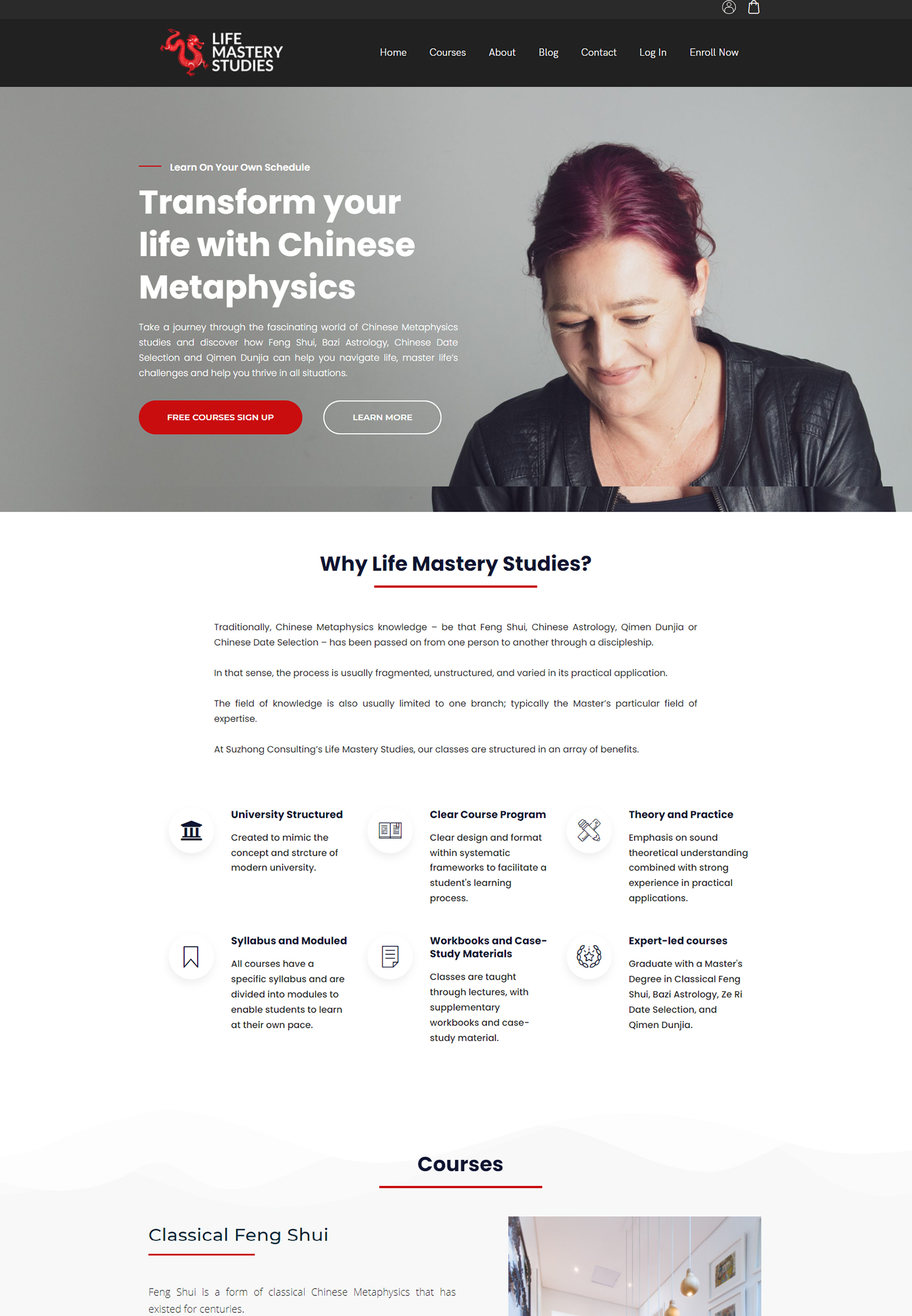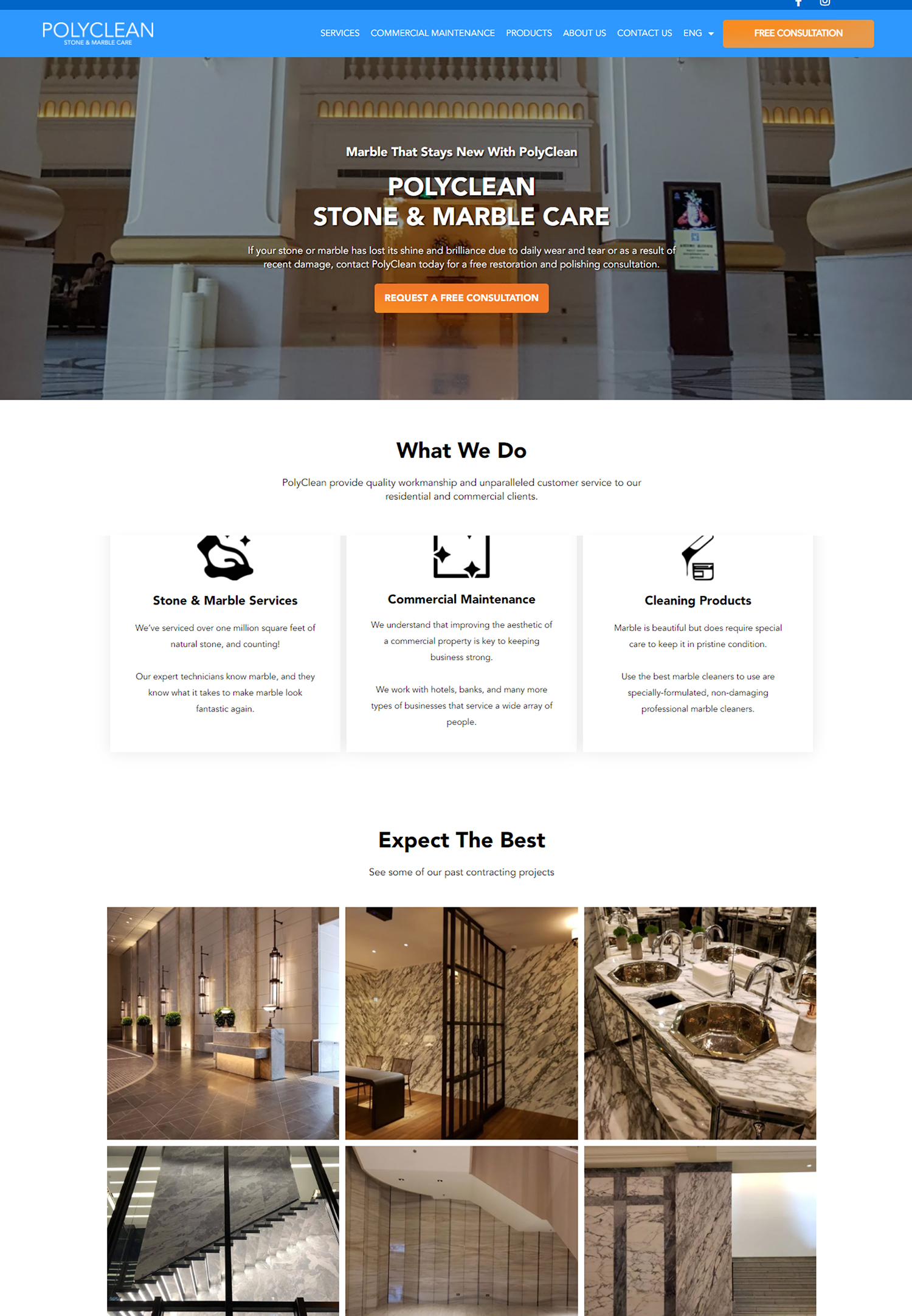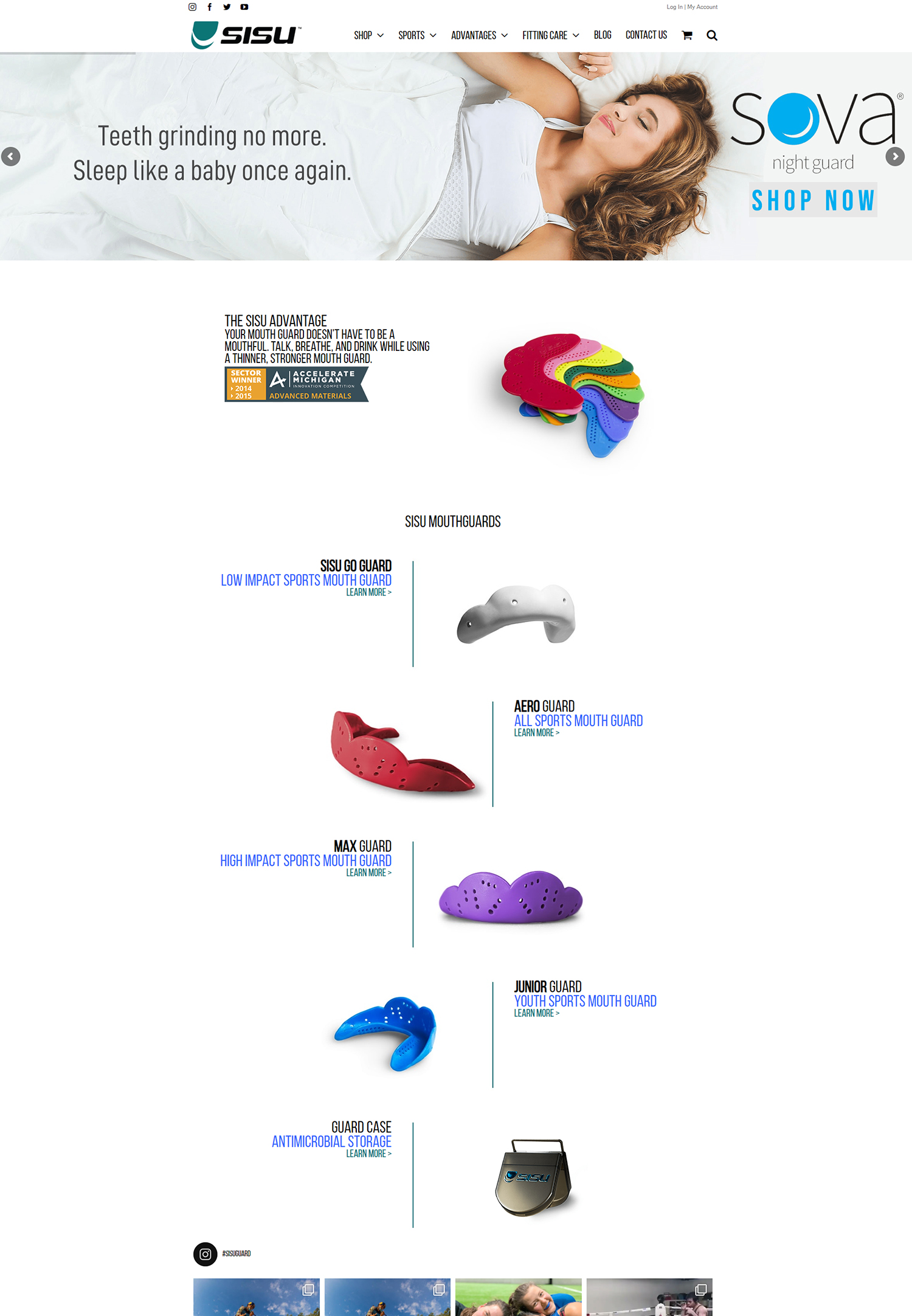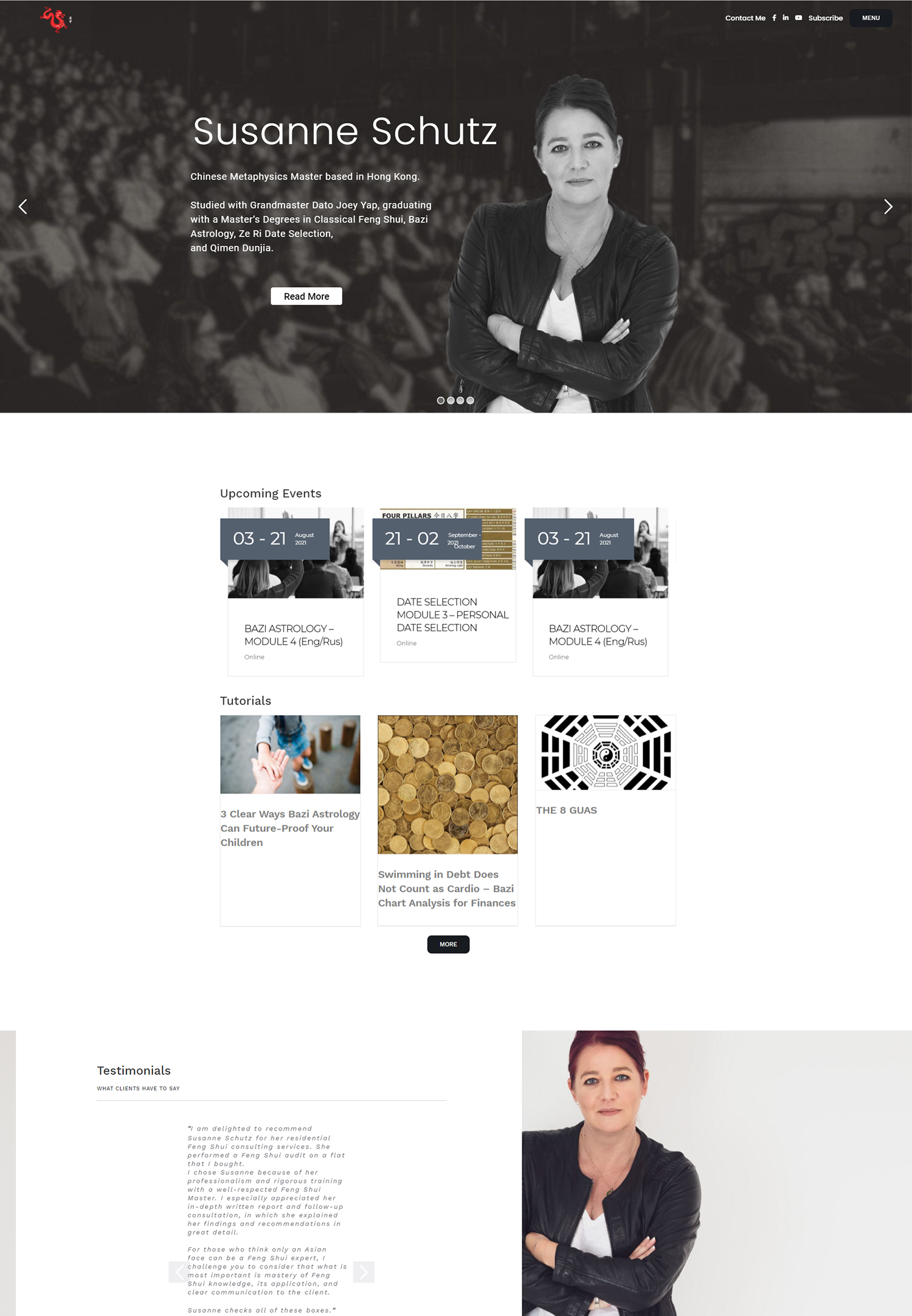
Cost efficiency in Google Ads plays a crucial role in maximizing your marketing budget. Businesses can achieve significant savings by optimizing ad spend. A well-optimized strategy provides a competitive advantage in the digital marketplace. Effective management of ad expenses allows you to allocate resources to other growth areas. Investing time in refining your Google Ads approach ensures better returns on investment. Every dollar saved contributes to the overall success of your advertising campaigns.
Understanding Google Ads Costs
Understanding the costs associated with Google Ads is crucial for maximizing your advertising budget. You need to recognize the key factors that influence these costs and identify common pitfalls to avoid unnecessary expenses.
Key Factors Influencing Costs
Bid Strategy
Your bid strategy significantly impacts your Google Ads costs. Different strategies, such as Manual CPC and Target Impression Share, offer unique benefits. Manual CPC bidding provides stability in search term costs and exposure potential. This approach suits brand campaigns due to its predictability. However, Target Impression Share might be more effective for broader reach. The choice depends on your specific goals and campaign needs.
Quality Score
Quality Score plays a vital role in determining your ad costs. A higher Quality Score leads to lower costs per click and better ad placements. Google evaluates your ads based on expected clickthrough rate, ad relevance, and landing page experience. Improving these components enhances your Quality Score, resulting in cost savings.
Ad Relevance
Ad relevance affects both your Quality Score and costs. Google prioritizes ads that closely match user search queries. Relevant ads receive higher Quality Scores, reducing your overall costs. Ensure your ad copy aligns with targeted keywords to maintain high relevance.
Common Cost Pitfalls
Overbidding
Overbidding can quickly deplete your advertising budget. Many advertisers mistakenly believe higher bids guarantee better ad placement. Instead, focus on optimizing your bid strategy to achieve desired results without overspending. Analyze historical data to set competitive bids that align with your campaign objectives.
Poor Targeting
Poor targeting leads to wasted ad spend. Ensure your ads reach the right audience by refining your targeting options. Use demographic and interest targeting to narrow your audience. Geographic targeting helps you focus on areas with the highest potential for conversions. Precise targeting minimizes costs and maximizes returns.
Ineffective Ad Copy
Ineffective ad copy fails to attract clicks, increasing your costs. Craft compelling ad copy that resonates with your target audience. Highlight unique selling points and include a clear call-to-action. Regularly test and refine your ad copy to improve performance and reduce costs.
Strategy 1: Optimize Your Bidding Strategy

Optimizing your bidding strategy in Google Ads can lead to significant cost savings. A well-chosen strategy aligns with your campaign goals and maximizes your return on investment. Explore different types of bidding strategies to find the one that suits your needs best.
Types of Bidding Strategies
Manual CPC
Manual CPC allows you to set maximum cost-per-click bids for your ads. This strategy provides control over your ad spend. You can adjust bids based on performance data. Manual CPC suits advertisers who prefer hands-on management of their campaigns. This approach helps you maintain budget control while achieving desired results.
Enhanced CPC
Enhanced CPC automatically adjusts your manual bids to maximize conversions. Google Ads uses historical data to predict which clicks are likely to lead to conversions. This strategy increases or decreases your bids accordingly. Enhanced CPC offers a balance between manual control and automated optimization. Advertisers seeking to boost conversion rates without losing control over their budget should consider this option.
Target CPA
Target CPA focuses on achieving a specific cost per acquisition. Google Ads automatically sets bids to help you reach your target CPA. This strategy suits advertisers with clear conversion goals. Target CPA optimizes your bids to generate as many conversions as possible within your budget. Businesses aiming for consistent conversion costs will benefit from this approach.
Choosing the Right Strategy for Your Goals
Consider Campaign Objectives
Campaign objectives play a crucial role in selecting a bidding strategy. Brand awareness campaigns may benefit from Manual CPC due to its predictability. Conversion-focused campaigns might find Enhanced CPC or Target CPA more effective. Align your bidding strategy with your campaign goals to maximize effectiveness.
Analyze Historical Data
Historical data provides valuable insights into your campaign performance. Use this data to inform your bidding strategy decisions. Identify trends and patterns in your past campaigns. Adjust your bids based on what has worked well. Analyzing historical data helps you make informed decisions that enhance your Google Ads performance.
Strategy 2: Improve Quality Score
Improving the Quality Score in Google Ads can significantly reduce costs and enhance ad performance. A higher Quality Score results in lower costs per click and better ad placements. This strategy focuses on optimizing key components to achieve a superior Quality Score.
Components of Quality Score
Expected Clickthrough Rate
The expected clickthrough rate (CTR) is a crucial component of your Quality Score. Google Ads evaluates the likelihood of users clicking on your ad based on historical data. A high expected CTR indicates that your ad is relevant and engaging. To improve this metric, create compelling ad copy that resonates with your audience. Highlight unique benefits and include strong calls-to-action to encourage clicks.
Ad Relevance
Ad relevance measures how closely your ad matches the user’s search query. Google prioritizes ads that align well with the search intent. Ensure that your ad copy includes targeted keywords and addresses the needs of your audience. For example, if you target the keyword “best running shoes for flat feet,” mention this phrase in your ad copy. Highlight the benefits of your product for individuals with flat feet to improve ad relevance.
Landing Page Experience
The landing page experience plays a vital role in determining your Quality Score. Google assesses the relevance and user-friendliness of your landing page. Ensure that your landing page aligns with the ad content and provides valuable information. A well-designed landing page improves user experience and increases conversion rates. Include clear calls-to-action and relevant content to enhance the landing page experience.
Techniques to Enhance Quality Score
Keyword Optimization
Keyword optimization is essential for improving your Quality Score in Google Ads. Regularly review your keywords to identify those with low scores. Focus on refining ad relevance and expected CTR for these keywords. Adjust your keyword list to include highly relevant terms that match user intent. Use negative keywords to filter out irrelevant traffic and improve overall campaign performance.
Ad Copy Refinement
Refining ad copy is a powerful technique to boost your Quality Score. Craft ad copy that speaks directly to your target audience. Use persuasive language and highlight unique selling points. Test different variations of ad copy to identify what resonates best with your audience. Continuous refinement of ad copy ensures that your ads remain engaging and relevant, leading to higher Quality Scores.
Google Ads Specialist: “For instance, if you notice a keyword with a Quality Score of 3 or below, take immediate action. Review the keyword’s ad relevance, expected CTR, and landing page experience components to pinpoint issues. Make necessary adjustments—such as refining ad copy or optimizing the landing page—to improve the keyword’s Quality Score.”
Implement these strategies to enhance your Quality Score in Google Ads. A higher Quality Score not only reduces costs but also improves ad performance. Take proactive steps to optimize your campaigns and achieve better results.
Strategy 3: Utilize Negative Keywords

Negative keywords in Google Ads can save money and improve ad performance. Advertisers must identify irrelevant search terms to exclude from campaigns. This strategy ensures ads reach the right audience.
Identifying Negative Keywords
Analyzing Search Terms Report
The Search Terms Report provides valuable insights into user queries. Advertisers should review this report regularly. Identify terms that do not align with campaign goals. Exclude these terms to prevent wasted ad spend. This practice enhances targeting accuracy.
Competitor Analysis
Competitor analysis reveals opportunities for negative keywords. Examine competitor ads and keywords. Identify terms that attract irrelevant traffic. Use these findings to refine your keyword list. This approach strengthens your Google Ads strategy.
Implementing Negative Keywords
Campaign Level
Implement negative keywords at the campaign level for broad impact. This method prevents irrelevant clicks across all ad groups. Advertisers should regularly update their negative keyword list. Consistent updates ensure ongoing cost efficiency.
Ad Group Level
Ad group-level implementation offers targeted control. Advertisers can tailor negative keywords to specific ad groups. This precision enhances ad relevance and performance. Regularly review and adjust negative keywords for optimal results.
Negative keywords in Google Ads reduce costs and improve ROI. Advertisers must analyze search terms and conduct competitor research. Implement negative keywords at both campaign and ad group levels. This strategy maximizes ad effectiveness and budget efficiency.
Strategy 4: Refine Targeting Options
Refining targeting options in Google Ads can significantly enhance ad performance. Precise targeting ensures that ads reach the most relevant audience. This approach maximizes return on investment and minimizes wasted spend.
Audience Targeting
Audience targeting in Google Ads allows advertisers to focus on specific groups. This strategy increases the likelihood of reaching potential customers.
Demographic Targeting
Demographic targeting enables advertisers to reach users based on age, gender, and income. Advertisers can tailor ads to match the characteristics of the target audience. This precision improves engagement and conversion rates. Businesses should analyze demographic data to refine targeting strategies.
Interest Targeting
Interest targeting focuses on users’ hobbies and preferences. Google Ads allows advertisers to target users based on their interests. This method increases the relevance of ads to potential customers. Advertisers should identify key interests that align with products or services. This alignment enhances ad effectiveness and user engagement.
Geographic Targeting
Geographic targeting in Google Ads helps businesses focus on specific locations. This strategy ensures that ads reach users in areas with the highest potential for conversions.
Location Adjustments
Location adjustments allow advertisers to modify bids based on geographic performance. Businesses can increase bids in high-performing regions. Lower bids in areas with low conversion rates optimize budget allocation. Regular analysis of location data helps refine this strategy.
Exclusion Zones
Exclusion zones prevent ads from appearing in unwanted locations. Advertisers can exclude regions where products or services are unavailable. This approach reduces wasted ad spend and improves targeting accuracy. Businesses should regularly review and update exclusion zones to maintain cost efficiency.
Refining targeting options in Google Ads enhances ad performance and budget efficiency. Advertisers should focus on demographic and interest targeting to reach the right audience. Geographic targeting with location adjustments and exclusion zones optimizes ad delivery. Implement these strategies to maximize the impact of Google Ads campaigns.
Strategy 5: A/B Testing and Ad Variations
Importance of A/B Testing
A/B testing plays a crucial role in optimizing Google Ads campaigns. Advertisers can compare two versions of an ad to see which performs better. This method helps identify what resonates with the audience. Businesses can make data-driven decisions to improve ad effectiveness.
Testing Ad Copy
Testing ad copy involves creating two versions of an ad with different text. Advertisers can test headlines, descriptions, or calls-to-action. The goal is to determine which version generates more clicks or conversions. Regular testing ensures that ads remain engaging and relevant. Successful ad copy increases click-through rates and reduces costs.
Testing Landing Pages
Testing landing pages focuses on the user experience after clicking an ad. Advertisers can create two versions of a landing page with different layouts or content. The objective is to identify which version leads to higher conversion rates. Effective landing pages enhance user satisfaction and drive more sales. Continuous testing and refinement lead to better results.
Analyzing Test Results
Analyzing test results is essential for understanding the impact of changes. Advertisers need to evaluate performance data to make informed decisions. This process helps identify successful strategies and areas for improvement.
Metrics to Consider
Metrics provide valuable insights into ad performance. Key metrics include click-through rate (CTR), conversion rate, and cost per acquisition (CPA). Advertisers should focus on metrics that align with campaign goals. Monitoring these metrics helps assess the effectiveness of A/B tests. Data-driven analysis leads to better optimization and cost savings.
Implementing Successful Variations
Implementing successful variations involves applying winning elements from A/B tests. Advertisers should integrate effective ad copy and landing page designs into campaigns. This approach maximizes the impact of Google Ads efforts. Regular updates ensure that ads remain competitive in the digital marketplace. Consistent implementation of successful variations enhances overall performance.
Unlocking savings in Google Ads requires strategic action. Implement the five strategies to optimize your ad spend. Focus on optimizing bidding strategies and improving Quality Scores. Utilize negative keywords and refine targeting options. Conduct A/B testing to enhance ad performance. Continuous optimization ensures sustained success. Regularly monitor and adjust strategies to maximize return on investment. Apply these techniques to achieve better results in Google Ads campaigns. Invest in ongoing testing and refinement for long-term benefits. Achieve cost efficiency and competitive advantage in the digital marketplace.




